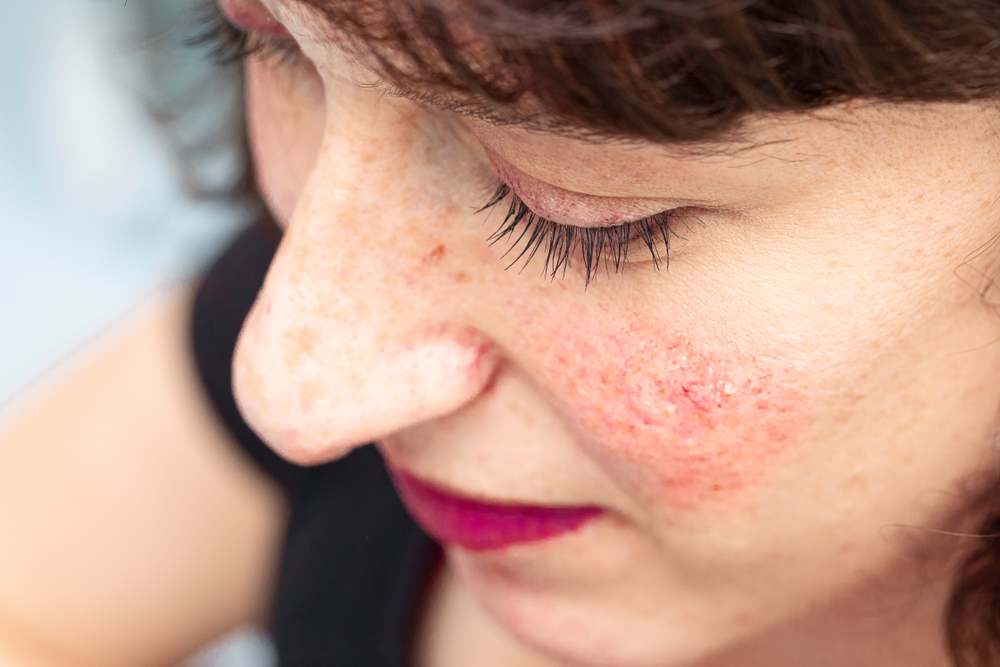Dr. Ted Rosen reviews a case study suggesting dermal microinjections of botulinum toxin A (BTX-A) can improve facial flushing and erythema in patients with refractory rosacea.
Botulinum Toxin Microdroplets for Refractory Rosacea Erythema
By Ted Rosen, MD, FAAD
Editor-in-Chief
What would you do if a rosacea patient had persistent severe facial erythema and telangiectasia despite the following treatments:
- Multiple pulsed dye laser treatments
- Various topical therapies, including azelaic acid 15% gel and metronidazole cream 0.75%
- Systemic therapies, including isotretinoin 20 mg daily, spironolactone 25 mg daily, and doxycycline 100 mg twice daily
An on-label management tool might be the use of an alpha-2 adrenergic receptor agonist to induce vasoconstriction. Examples include brimonidine 0.33% gel and oxymetazoline 1% cream.
However, these agents may fail, may induce an undesirable “ghost-like” cutaneous whiteness, and are somewhat short-lived in duration of effect.
The authors of the cited paper had an excellent and long-lasting result with intradermal microdroplet injections of BTX-A. They first injected 20 U total and then 4 weeks later injected 15 U total into the affected areas. The microdroplets consisted of 0.05 cc 1.25 IU/0.1 mL diluted BTX-A.
The patient’s cosmetically distressing erythema and intermittent flushing was completely controlled through 16 weeks of follow-up.
I can’t wait to try this!
To Read More:
Babadjouni A, et al. Turning Down the Fire: The Role of Botulinum Toxin Microdroplets in Refractory Rosacea Erythema. SKIN The Journal of Cutaneous Medicine. 2022; 6(5), 437–440. doi: /10.25251/skin.6.5.16

